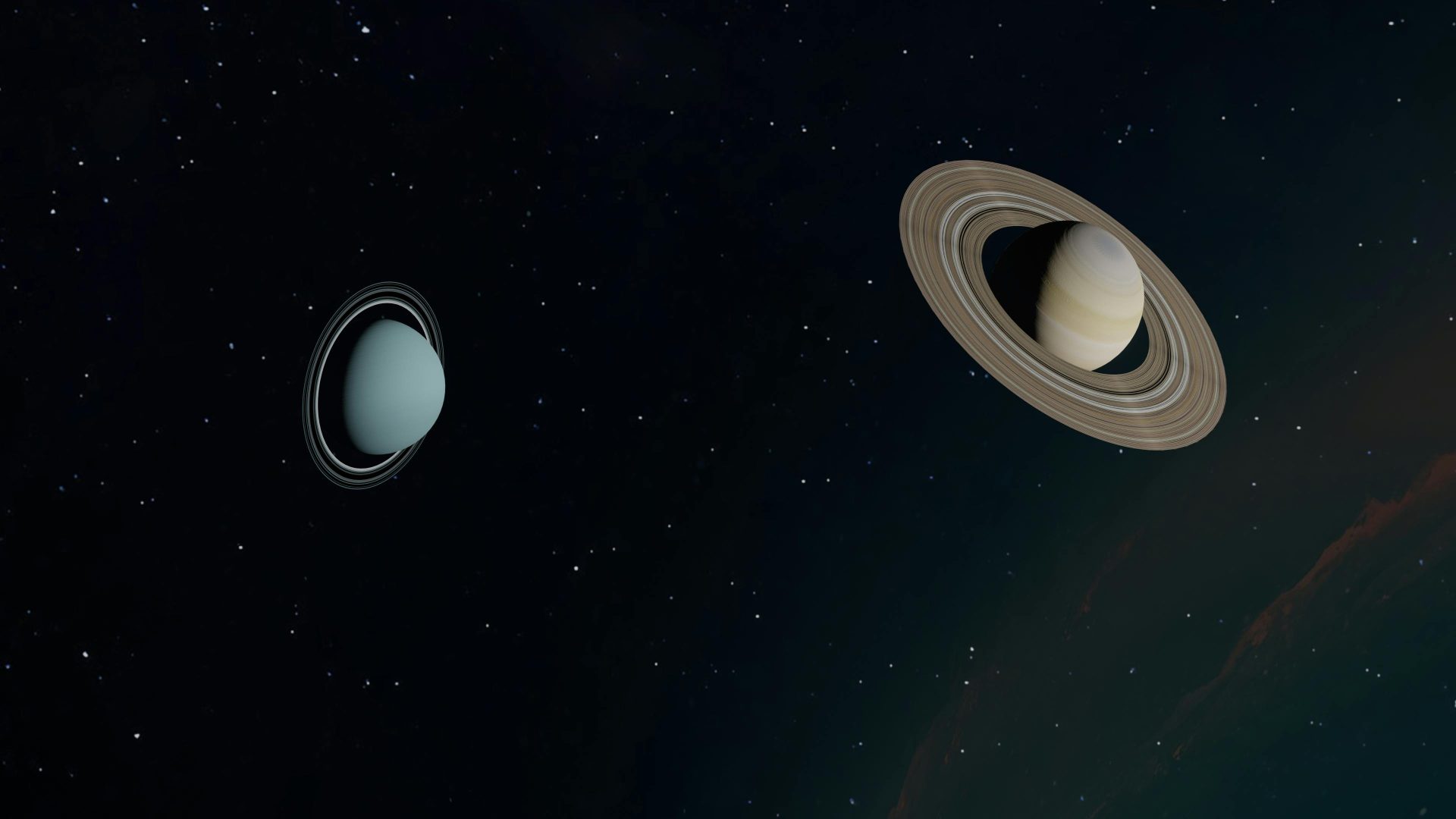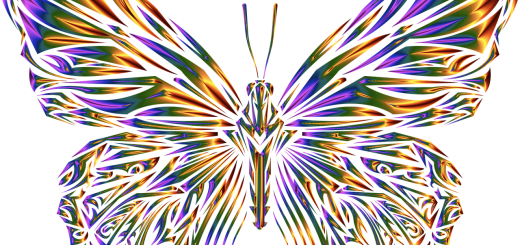Are Wormholes the Key to Cosmic Travel?

Before diving in, please note: This post is for informational purposes only. If you’d like to know more about how we approach topics, feel free to check out our friendly Disclaimer Page.
Hey there, amazing readers! 🖐️ Just a quick note: yes, we know there are a lot of ads here. Trust us, we get it—it’s not the prettiest look, but they help us keep this blog alive and kicking. Those pesky little ads cover the costs of all the behind-the-scenes magic, from hosting and tech stuff to creating content we hope you’ll love.
We’re committed to delivering quality posts, and your support (even just sticking around despite the ads) means everything to us. So, bear with us, and thanks for helping us keep the good vibes rolling. Now, on to the fun stuff! 😉
TRANSLATE BUTTON AT THE END OF THE ARTICLE
A Quick Overview
Are wormholes the key to cosmic travel?
That’s a question that tickles the minds of scientists and dreamers alike.
Imagine zipping across the universe in the blink of an eye.
It sounds like something out of a sci-fi movie, right?
Yet, wormholes have stirred up quite the conversation in the scientific community.
These hypothetical tunnels in spacetime offer a tantalizing possibility for travel across vast distances.
But what are they?
How would they work?
And are they even real?
Let’s dive into this fascinating topic together!
Exploring the Mysteries of Wormholes and Space Travel
We often look at the night sky and wonder what lies beyond our home planet.
Space travel, especially interstellar travel, has been a dream for centuries.
The idea of exploring distant galaxies is exhilarating.
Yet, the distances involved are truly staggering.
Even with our fastest spacecraft, reaching the nearest star would take thousands of years.
This is where wormholes make their grand entrance.
Wormholes are often portrayed as shortcuts through the fabric of spacetime.
Think of them as cosmic tunnels that could connect two separate points in the universe.
Instead of traveling through the vast emptiness of space, you could take a quick detour through a wormhole.
It’s a concept that ignites excitement and curiosity.
What if we could visit other stars or even other galaxies?
Scientists have been pondering these questions for decades.
They are not just daydreaming; they’re digging into the fundamental laws of the universe.
Wormholes could potentially reshape our understanding of space travel.
Imagine hopping into a wormhole and emerging light-years away in an instant.
It’s a mind-bending thought!
But before we get too carried away, let’s take a step back and understand what a wormhole truly is.
What lies beyond the name?
What makes it so intriguing?
What Exactly Is a Wormhole? A Simple Explanation
Wormholes might sound like something from a fantasy novel, but they’re rooted in real physics.
Simply put, a wormhole is a theoretical passage through spacetime.
It connects two separate points, potentially allowing for faster-than-light travel.
Imagine folding a piece of paper so that two points touch.
A wormhole resembles this fold.
You create a shortcut between two locations.
The two ends of the wormhole are called "mouths," while the tunnel connecting them is the "throat."
Some experts suggest that these structures could exist naturally in the universe, formed by the intense gravitational forces found near black holes.
Others theorize that we might be able to create artificial wormholes using advanced technology.
It’s a bit like trying to bake a cake before knowing all the ingredients!
To the untrained eye, it might feel like science fiction.
However, the mathematics involved is grounded in real theories like general relativity.
Understanding wormholes isn’t just about grasping a sci-fi concept; it’s about exploring the depths of what the universe can offer.
Now that we’ve got a handle on what a wormhole is, let’s delve into the scientific theories behind these cosmic shortcuts.
The Science Behind Wormholes: Theories and Concepts
The concept of wormholes is closely tied to Albert Einstein’s theory of general relativity.
This theory revolutionized our understanding of gravity and spacetime.
Einstein proposed that massive objects like stars and planets warp the fabric of spacetime around them.
This warping creates the gravitational pull we feel.
It’s in this warped spacetime that wormholes may exist.
The idea was first brought to light by physicists like Kip Thorne and Michael Morris in the 1980s.
They used Einstein’s equations to propose the existence of traversable wormholes—those that could allow matter to pass through.
There are a couple of significant types of wormholes to consider:
Traversable Wormholes: These would allow for safe passage for matter and energy.
They are purely theoretical and would require "exotic matter" to keep them stable.
Non-Traversable Wormholes: These may exist in our universe but would collapse too quickly for anything to pass through them.
The challenge lies in the need for exotic matter.
This hypothetical substance would have negative energy density, which is essential for keeping a wormhole open.
Without it, the wormhole would collapse before anything could traverse it.
The hunt for exotic matter has become a tantalizing quest for physicists.
To put it simply, the scientific basis of wormholes is more than just theoretical musings.
It’s a rigorous mathematical framework that seeks to understand the very nature of our universe.
But how do they function?
That’s where things get even more interesting.
How Do Wormholes Function? A Peek into Physics
Understanding the mechanics of wormholes is a challenging yet exciting endeavor.
If they exist, how would they work?
Let’s break it down.
Spacetime Fabric: Imagine spacetime as a two-dimensional sheet.
When a massive object, like a star, is placed on it, the sheet bends and curves.
A wormhole would create a tunnel through this curvature.
Mouths and Throats: The two ends of a wormhole—its mouths—are connected by a throat.
This throat represents the path taken between the two points in the universe.
Stability: For a wormhole to be functional, it needs to remain stable.
This is where exotic matter comes in.
It would theoretically prevent the wormhole from collapsing.
Quantum Effects: Some theories suggest that quantum mechanics could play a role in wormhole behavior.
The interactions at a quantum level might impact how wormholes form and function.
Hypothetical Applications: If we could create or find a traversable wormhole, the possibilities would be limitless.
Instant travel across galaxies?
Yes, please!
Understanding wormholes is not just about equations and theories; it’s about imagining a universe where travel beyond our solar system is feasible.
Yet, despite the theoretical groundwork, this leads us to an intriguing question: How did we even discover wormholes in the first place?
The Fascinating History of Wormhole Discoveries
The journey to understanding wormholes is a rich tapestry of intellectual exploration.
The term "wormhole" was first coined in the 1950s by physicist John Archibald Wheeler.
However, the groundwork was laid long before that.
Einstein’s Theories: In 1915, Einstein published his theory of general relativity, giving scientists a new lens to view gravity and spacetime.
The Schwarzschild Solution: In 1916, Karl Schwarzschild found a solution to Einstein’s equations that hinted at black holes, which are closely related to wormholes.
The 1980s Theoretical Breakthrough: It was in the 1980s that Kip Thorne and Michael Morris’s work sparked interest in traversable wormholes.
Their equations and research opened up discussions about the potential of cosmic travel.
Pop Culture Influence: Movies and books have also influenced public perception and understanding of wormholes.
Think of Interstellar or Contact.
They’ve introduced the concept to a broader audience, blending science with storytelling.
Ongoing Research: Scientists are still exploring the implications of wormholes.
Each discovery in astrophysics could contribute to our understanding of these fascinating structures.
This history underscores how human curiosity drives scientific discovery.
It’s a legacy of asking questions and seeking answers.
And while we’ve come a long way, the question remains: Do wormholes actually exist?
Let’s dive into the current scientific views on the topic.
The Role of Einstein and Hawking in Wormhole Research
Two titans of theoretical physics—Einstein and Hawking—have significantly influenced our understanding of wormholes.
Their contributions can’t be overstated.
Albert Einstein: His formulation of general relativity laid the groundwork for wormhole theory.
Without his equations, we wouldn’t even be discussing these cosmic shortcuts.
Stephen Hawking: He introduced groundbreaking concepts about black holes and singularities.
Hawking’s work opened doors to discussions about the nature of spacetime, influencing our understanding of wormholes.
Their combined efforts have fueled research into wormholes.
They have inspired generations of physicists to explore the unknown.
The intersection of their ideas has pushed the boundaries of what we know about the universe.
But even with their foundational work, the question persists: Can wormholes actually exist?
Let’s explore the current scientific views.
Can Wormholes Actually Exist? Current Scientific Views
The million-dollar question!
Scientists have conducted extensive research, yet the existence of wormholes remains theoretical.
Here’s a snapshot of what the current scientific landscape looks like:
Theoretical Existence: Many physicists believe wormholes could theoretically exist based on the equations of general relativity.
But theories don’t equal confirmation.
Exotic Matter Requirements: The need for exotic matter is a significant hurdle.
We haven’t found this elusive substance, which is essential for creating stable wormholes.
Black Holes and Singularities: The connection between black holes and wormholes raises interesting possibilities.
Some theories suggest that black holes could be linked to wormholes, potentially leading to other parts of the universe.
Experimental Physics: While we lack direct evidence of wormholes, some physicists are trying to detect their effects in the universe.
Observations of black holes may provide insights.
Ongoing Exploration: Research continues.
With advancements in technology and theoretical modeling, who knows what we might discover in the coming years?
While the absence of concrete evidence doesn’t provide a definitive answer, the exploration of wormholes is far from over.
The potential for interstellar travel remains tantalizingly close.
So, how might we use these cosmic shortcuts for travel?
The Potential of Wormholes for Interstellar Travel
The dream of interstellar travel is a hot topic.
If wormholes exist, they could revolutionize our approach to exploring the cosmos.
Here’s how:
Speeding Up Travel: Traveling through a wormhole could reduce the travel time between stars from thousands of years to mere minutes.
Resource Exploration: With quick access to distant planets, we could explore resources that may be vital for future generations.
Human Colonization: If we can harness wormhole technology, it might be possible to establish colonies on other planets.
This could safeguard humanity’s existence.
Scientific Discoveries: Access to new regions of space could unlock the mysteries of the universe, leading to groundbreaking discoveries.
Cultural Exchanges: Imagine meeting extraterrestrial civilizations!
Wormholes could enable interstellar diplomacy and exchange of ideas.
The potential is staggering, turning science fiction into a plausible future.
Yet, it’s essential to consider the experience of traveling through a wormhole.
What would it feel like?
What Would Traveling Through a Wormhole Be Like?
Okay, let’s indulge in a bit of imagination!
What if we could hop into a wormhole?
Here’s how I envision the adventure:
Preparation: You’d suit up in your space gear, heart racing with excitement.
Would you be nervous or thrilled?
Probably a mix of both!
Entering the Mouth: As you approach the wormhole, it might look like a swirling vortex.
You’d take a deep breath and step inside.
The transition could feel smooth or a bit disorienting.
The Journey: Imagine being in a tunnel of lights and colors.
It might feel like a rollercoaster ride through dimensions, with sounds and sensations overwhelming your senses.
Emerging on the Other Side: Suddenly, you’d be thrust into a new star system.
The view of unfamiliar planets and constellations would take your breath away.
The Unknown: With wormhole travel, the possibilities are endless.
You might discover new worlds, civilizations, or even ancient mysteries.
Traveling through a wormhole would be a unique experience that blends science and wonder.
But, like any adventure, it comes with its challenges.
Let’s discuss the risks involved in wormhole travel.
Challenges and Risks: The Dark Side of Wormhole Travel
While wormhole travel fascinates us, it’s not without its set of challenges.
Here are some potential risks:
Stability Issues: Wormholes could be inherently unstable.
Entering one might result in collapse or unpredictable outcomes.
Radiation Exposure: The journey might expose travelers to harmful radiation.
Space can be a dangerous place!
Navigational Errors: Without precise calculations, travelers might end up in the wrong part of the universe, potentially facing dire consequences.
Exotic Matter Dangers: Manipulating exotic matter to create or stabilize a wormhole could pose significant risks.
We’re treading into the unknown.
Psychological Effects: The experience of traveling through a wormhole could impact mental health.
Imagine the psychological toll of encountering the unexpected!
While the allure of wormholes is undeniable, it’s essential to approach the subject with caution.
We’re still a long way from proving their existence, let alone traveling through them.
So, are we close to making wormholes a reality?
Let’s explore the latest findings.
Are We Close to Proving Wormholes Exist? Latest Findings
The search for wormholes is ongoing, and scientists are actively exploring new avenues.
Here’s what’s been happening lately:
Quantum Gravity Studies: Research in quantum gravity might yield results that could confirm the existence of wormholes.
This field seeks to integrate quantum mechanics with general relativity.
Gravitational Wave Observations: The detection of gravitational waves could provide insights into the nature of spacetime.
Some theories suggest these waves might be influenced by wormholes.
Advanced Simulations: Improved computational models allow scientists to simulate wormhole behaviors under various conditions.
These simulations help explore their theoretical viability.
Increased Collaboration: Scientists worldwide are collaborating on research projects to investigate the possibility of wormholes.
This collective effort could accelerate discoveries.
Technological Advancements: As technology progresses, we might develop instruments capable of detecting the faint signals that wormholes could produce.
While we’re not there yet, the excitement in the scientific community is palpable.
The potential for wormholes is still alive, and researchers continue to pursue the quest for cosmic shortcuts.
Moving forward, what lies ahead for cosmic travel?
The Future of Cosmic Travel: Wormholes and Beyond
The future of cosmic travel is a thrilling subject.
As we look forward, wormholes may be just the tip of the iceberg.
Here’s what I envision:
Interstellar Exploration: The possibility of wormhole travel could pave the way for human exploration of other star systems.
Imagine humanity as a multi-planetary species!
Collaboration with Extraterrestrial Civilizations: If we encounter other intelligent beings, it could lead to collaboration.
Sharing knowledge could revolutionize our understanding of the universe.
Technological Innovations: The pursuit of creating stable wormholes might lead to breakthroughs in various fields, including energy production and materials science.
Philosophical Implications: The existence of wormholes could challenge our understanding of reality and existence.
It raises questions about time, space, and our place in the universe.
Cultural Impact: As we push the boundaries of exploration, the cultural implications of cosmic travel will be profound.
Art, literature, and society will evolve as we reach for the stars.
The dream of interstellar travel continues to inspire.
While wormholes may still be theoretical, the journey of discovery continues to unfold.
The universe is vast, and who knows what wonders await us?
Conclusion
Are wormholes the key to cosmic travel?
While we haven’t yet found definitive proof of their existence, the journey of exploration continues.
The theories surrounding wormholes, the contributions of brilliant minds, and the potential for interstellar travel keep the dream alive.
As we push the boundaries of science, we inch closer to answers.
So let’s keep looking up at the stars and dreaming big.
Who knows what the universe holds for us?
The adventure has only just begun!

The Enlightenment Journey is a remarkable collection of writings authored by a distinguished group of experts in the fields of spirituality, new age, and esoteric knowledge.
This anthology features a diverse assembly of well-experienced authors who bring their profound insights and credible perspectives to the forefront.
Each contributor possesses a wealth of knowledge and wisdom, making them authorities in their respective domains.
Together, they offer readers a transformative journey into the realms of spiritual growth, self-discovery, and esoteric enlightenment.
The Enlightenment Journey is a testament to the collective expertise of these luminaries, providing readers with a rich tapestry of ideas and information to illuminate their spiritual path.
Our Diverse Expertise 🌟
While our primary focus is on spirituality and esotericism, we are equally passionate about exploring a wide range of other topics and niches 🌍📚. Our experienced team is dedicated to delivering high-quality, informative content across various subjects ✨.
To ensure we provide the most accurate and valuable insights, we collaborate with trusted experts in their respective domains 🧑🏫👩🏫. This allows us to offer well-rounded perspectives and knowledge to our readers.
Our blog originally focused on spirituality and metaphysics, but we’ve since expanded to cover a wide range of niches. Don’t worry—we continue to publish a lot of articles on spirituality! Frequently visit our blog to explore our diverse content and stay tuned for more insightful reads.





